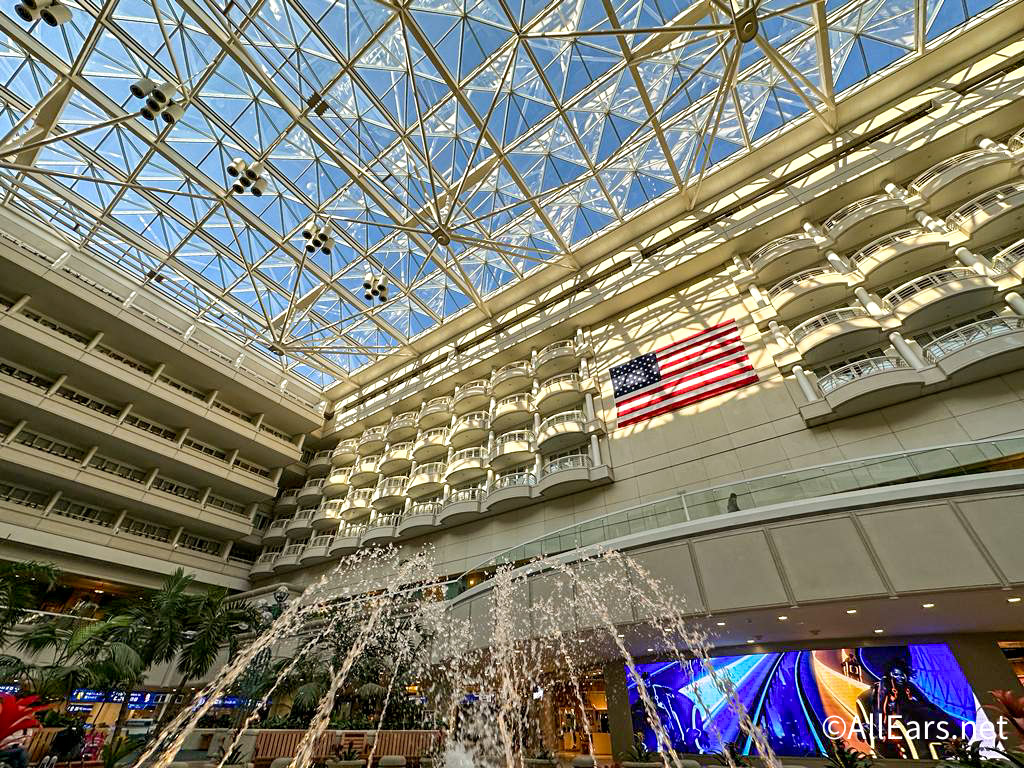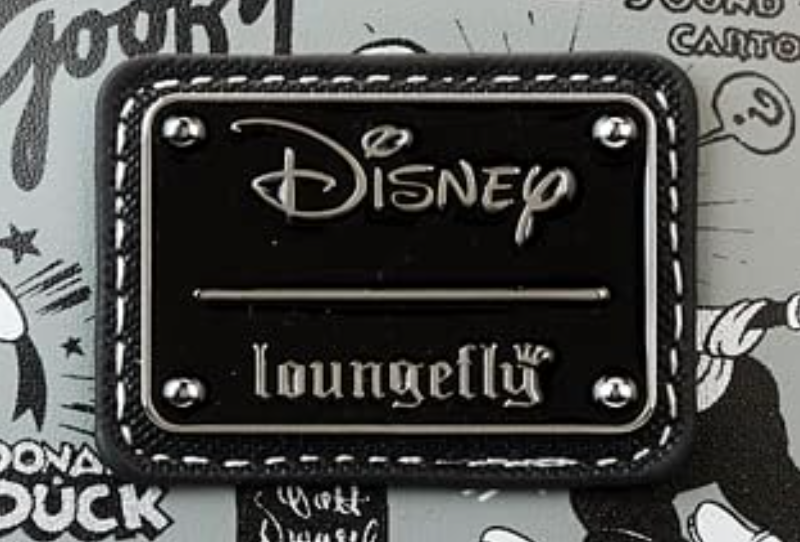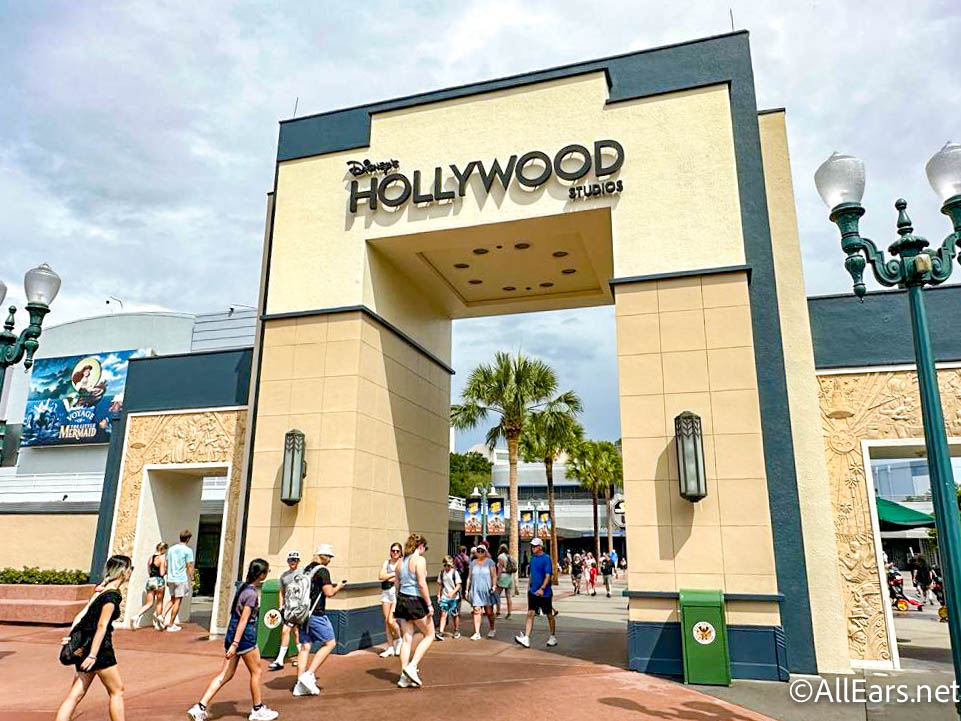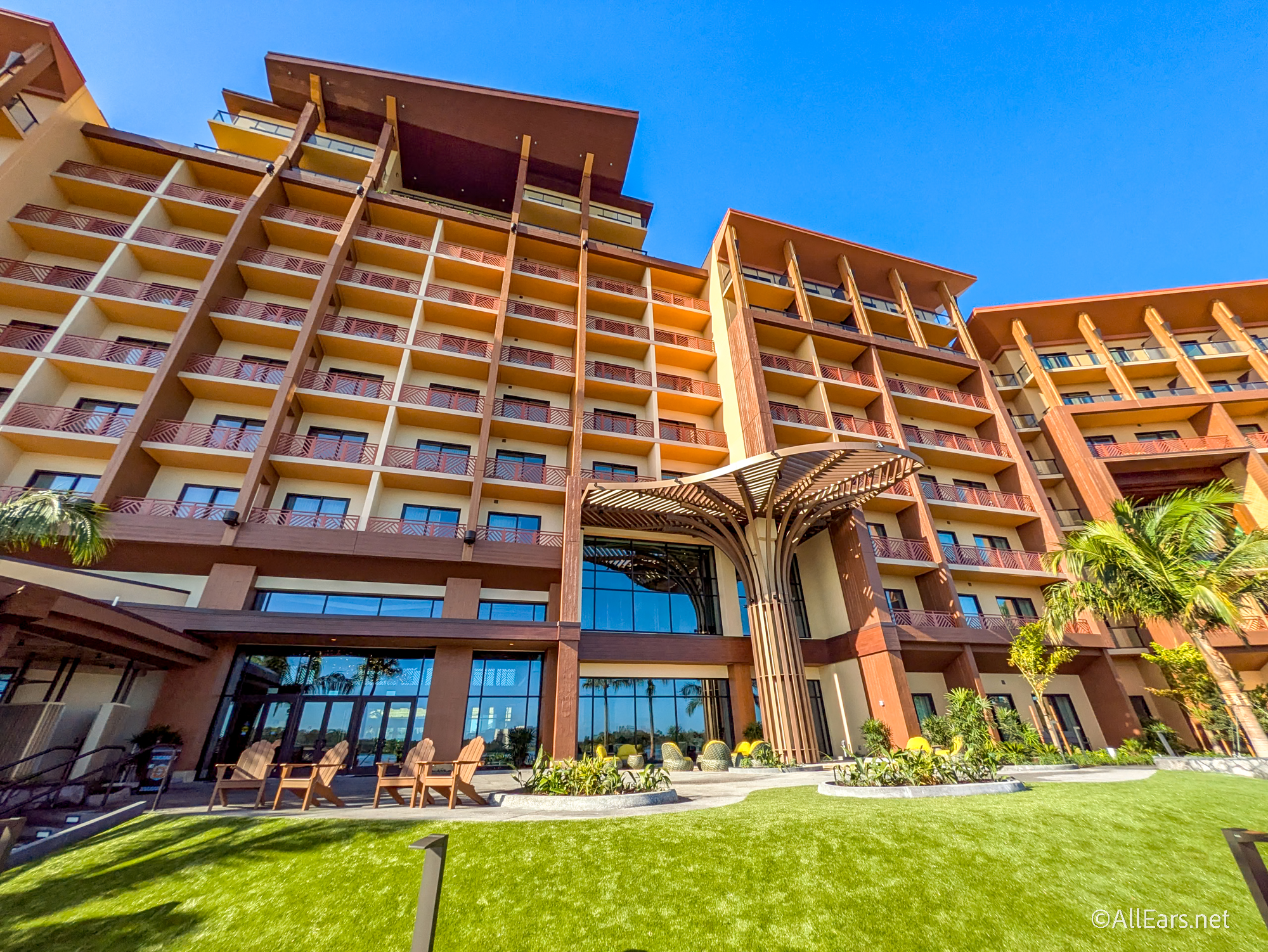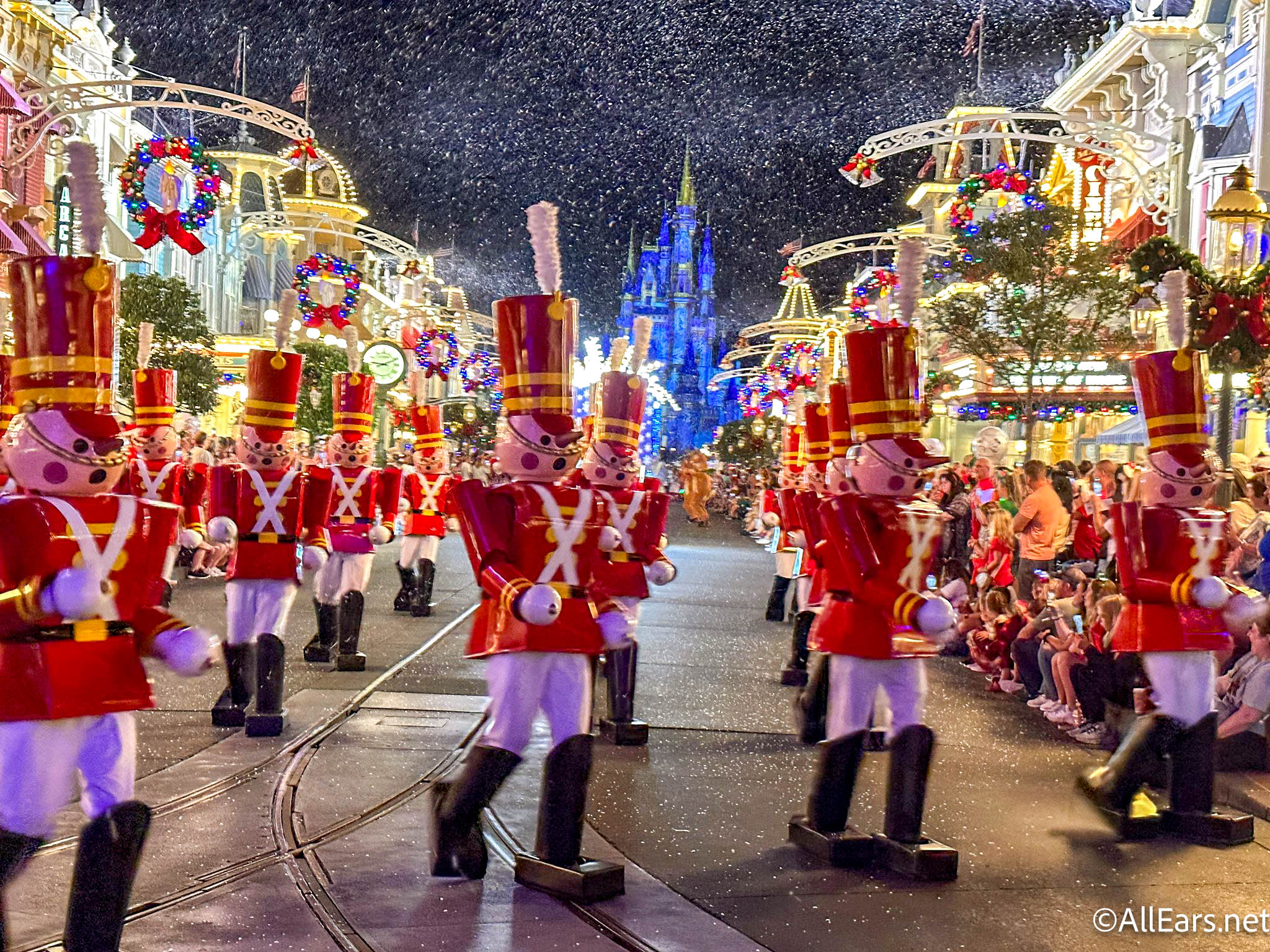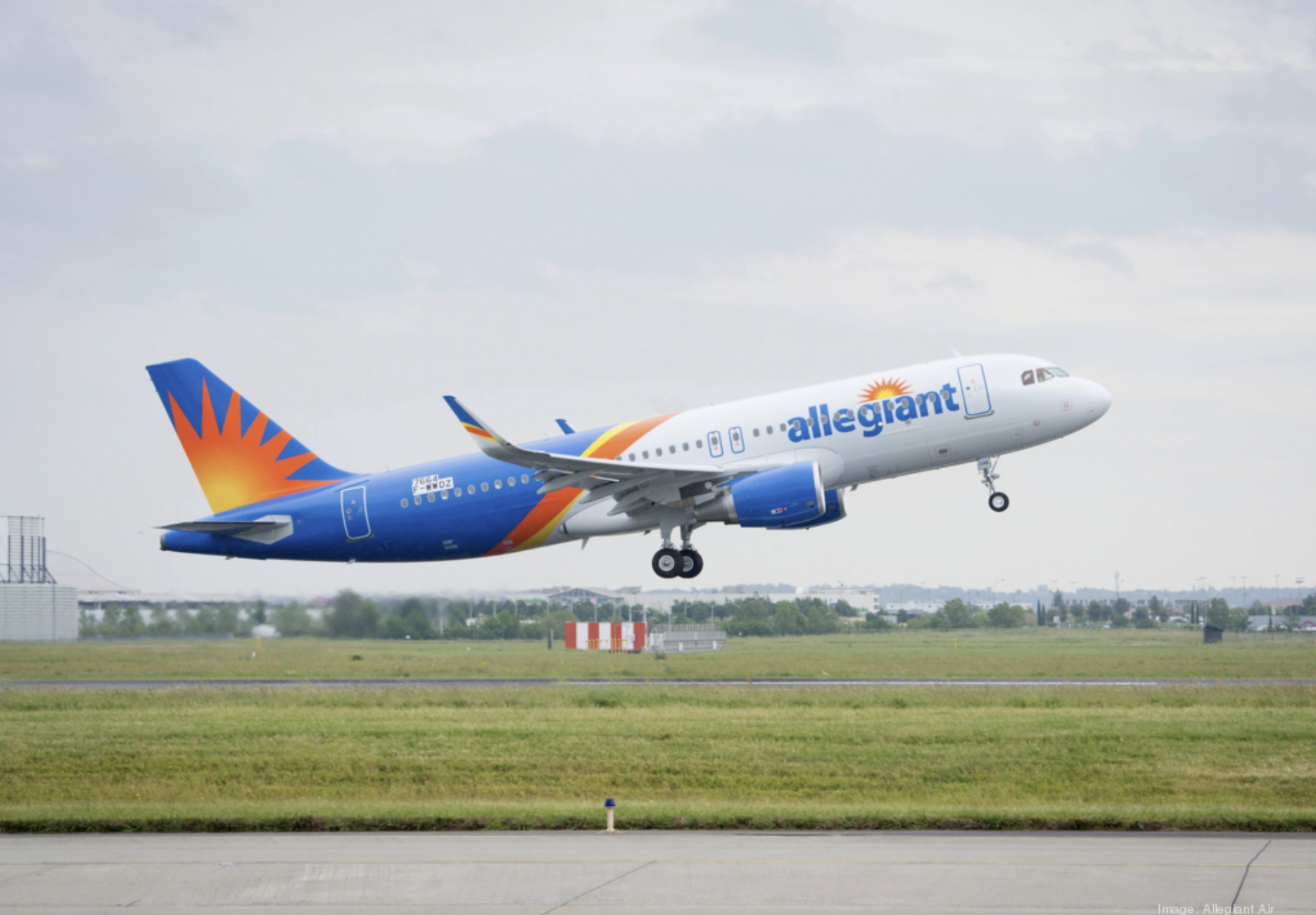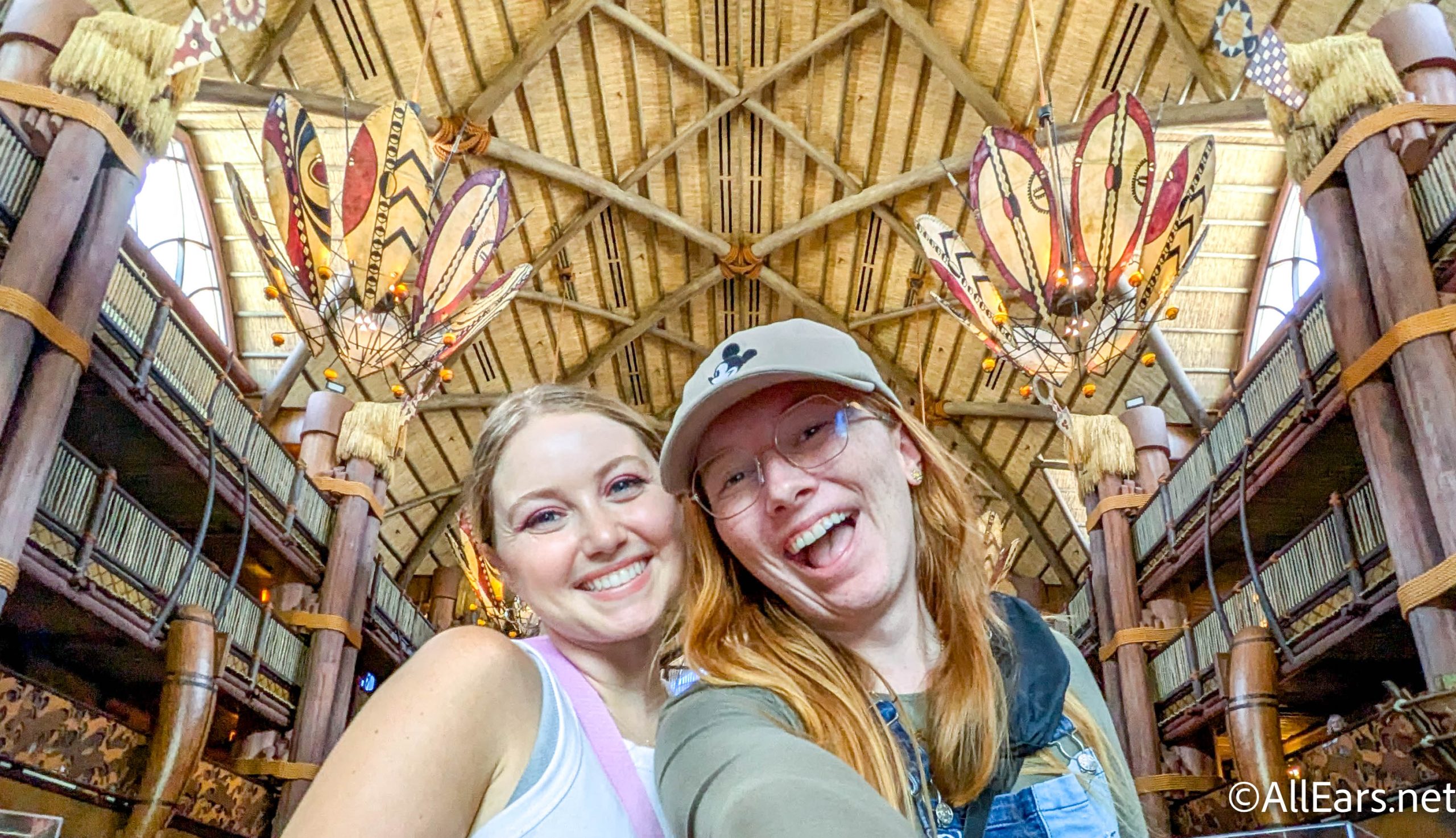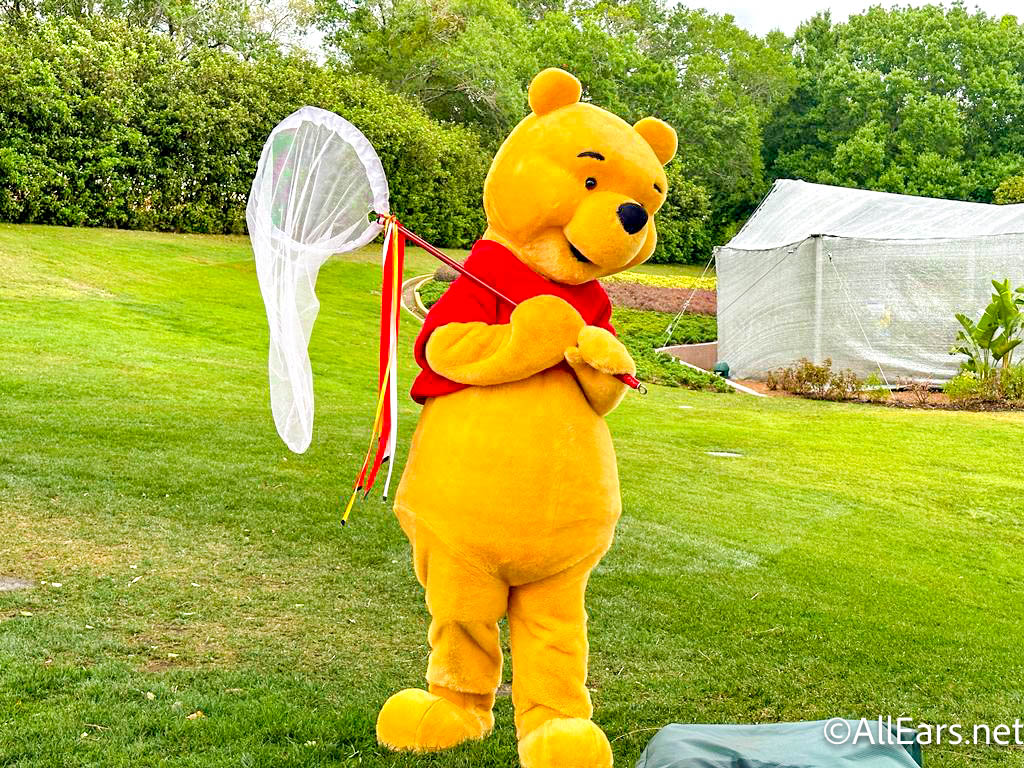WDW Chronicles: Three Things That Disappeared from Fort Wilderness Resort and Campground
by
Jim Korkis
Feature Article
This article appeared in the November 5, 2019 (#1050) edition of ALL EARS®
Editor’s Note: This story/information was accurate when it was published. Please be sure to confirm all current rates, information and other details before planning your trip.
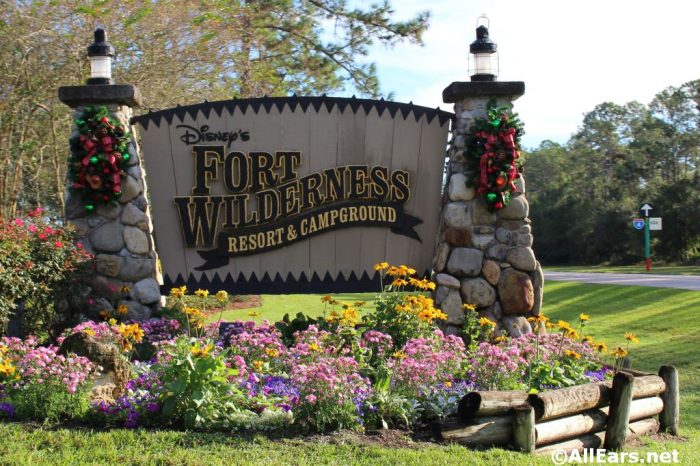
Walt’s original 1966 sketch for the Walt Disney World property included a campground off to the right of where the theme park and resort hotels would be located.
Near Disneyland, there was a very popular Vacationland RV campground that people driving by the park often saw off West Street. It was part of the Disneyland Hotel and highly successful. Next door to Vacationland was a Kampgrounds of America (KOA) location that was not part of the Disneyland Hotel.
Walt felt that a similar campground to those two establishments would not only take advantage of the natural wilderness on the Florida property but also provide less expensive accommodations for those wanting to visit. In addition, he realized that many tourists had previously traveled to enjoy Florida on vacation in similar camping vehicles.
With the rush to get the Magic Kingdom, the Contemporary Resort and the Polynesian Village open on time the campground did not open until November 19, 1971, roughly a month and a half after the rest of the vacation destination.
This spring, Fort Wilderness will open a new horse barn for the Tri-Circle D Ranch replacing the original building from 1971. Over the years, many significant landmarks have disappeared from Fort Wilderness including the first U.S. water park, River Country.
Here are three other things that disappeared that I miss:
Fort Wilderness Railroad
The Fort Wilderness Resort and Campground opened was much larger than most campgrounds at the time, so trams, bicycles, and buses provided guests with transportation options to get where they needed to go.
From the very beginning, there were plans for a “campground railroad” to provide transportation and add to the rustic “theming” of the area. The official opening and dedication ceremony of the Fort Wilderness Railroad was January 1, 1974.
The railroad was considered a Disney attraction, and was promoted accordingly on marketing material, even charging guests a minimal fee fifty cents per day (later a dollar) to use it. This made Fort Wilderness the only Disney resort, so far, that had an attraction. It lasted roughly six years until February 1980.
The railroad consisted of four steam trains, each pulling five cars, around a circular route through the campground at a maximum speed of ten miles an hour. Each engine ran on steam and used diesel fuel to stoke the fire. The track was approximately twice the length of the track at the Magic Kingdom Park.
A single train was roughly about 150 feet long and could seat up to 90 guests.
The engines were smaller than the ones at the Magic Kingdom and were based on the traditional Baldwin “plantation locomotives” popular in the Hawaiian Islands.
The railroad used a smaller gauge track (30 inches between the rails on the track) than at the Magic Kingdom (36 inches) which may have influenced people into thinking that the train itself was scaled smaller, but it was full-sized.
Unlike every other Disney train (even the ones operating on Big Thunder Mountain Railroad), none of the engines were ever named. They were only numbered, and each of the four engines had a distinctive icon on the headlamps: elk, bison, deer and ram.
In the beginning, the train ran from 8 a.m. to 9 p.m. everyday causing some complaints from guests who disliked the fact that at all grade crossings the extremely loud whistle would sound. Eventually, the trains would cease operation around 5 p.m. eliminating that problem.
The heyday of the railroad was the opening of River Country in May 1976, where the train became the favored mode of transportation. New additions had to be made to the train cars including rubber floors, because of the dripping wet guests who had enjoyed Disney’s first water park.
The Disney Company never gave an official explanation or even an official closing date. The railroad was simply put on “hiatus” early in 1980 and never re-opened.
Some claimed that safety was an issue and that the nearness of the tracks to the guests made Disney Legal fearful. Some claimed that the train produced too much noise and it disturbed guests. Some claimed that it was just too expensive to operate and could never recover its costs.
The bottom line is that since the track was not laid correctly in the first place that even with attempts to adjust, the basic problem still existed that could not be overcome without a hefty investment.
After years of being outside and subjected to Florida heat and humidity, the engines and the coach cars were sold off to private collectors who restored them. All the engines are now in California. Former Disney Executive John Lasseter has an engine and a couple of coach cars in his backyard railroad in Northern California.
Two of the coach cars were modified and placed temporarily at the entrance of Pleasure Island as ticket booths, one of those coaches is now at the front of Typhoon Lagoon, and the other was auctioned off. Four of the cars and 3,000 feet of track were donated to the Brevard Zoo in Melbourne, Florida, but over the years those coaches found other homes.
Minnie Moo at the Petting Zoo
Mickey Moo, a white Holstein cow with a black Mickey Mouse head silhouette shape naturally occurring on her side, was housed in Big Thunder Ranch at Disneyland’s Frontierland in 1988. Mickey Moo was a part of Mickey’s 60th birthday celebration that year but became instantly a popular attraction for guests.
The unusual marking on the side of the cow was not quite as unusual as it was originally assumed. A Midwest farmer contacted the Disney Company with photos of his own cow that had the same type of Mickey Mouse silhouette head.
Minnie Moo, the white Holstein with a similar black Mickey Mouse head silhouette, came to the Walt Disney World Resort from Edgerton, Minnesota, in 1990, living first in the Magic Kingdom.
Grandma Duck’s Petting Farm operated at Mickey’s Birthdayland/Mickey’s Starland from 1988-1996. In 1996, the area was transformed into The Barnstormer at Goofy’s Wise Acres Farm.
With this change in the area, Minnie Moo and the other animals were moved to a Petting Farm at the Tri-Circle D Ranch (near the Pony Rides) in Disney’s Fort Wilderness Resort and Campground. Minnie Moo died in August 2001, at the age of fifteen, a little more than the average lifespan for a cow.
The petting farm was officially closed early in 2005 with the animals relocated to Disney’s Animal Kingdom’s Affection Section.
It was estimated that millions of adults and children visited Minnie Moo, petted her, talked to her and took her photo. She was prominently used in publicity material, although she was occasionally confused with Mickey Moo.
The popularity of Mickey Moo and Minnie Moo sparked a short-lived frenzy where the Disney Company was inundated with offers of various animals that had a Mickey Mouse type marking on them, from pigs and dogs to even inanimate objects like potatoes.
In January 1991, Walt Disney World purchased an Iowa pig named Mickey from Tom and Teresa Reuter of Monticello that had three linked black spots that resembled the silhouette of Mickey Mouse’s head. They also took a brother piglet with similar markings. Mickey Pig and Mickey Piglet joined Minnie Moo and have also passed away.
Lawnmower Tree
For several decades, a natural wonder delighted guests who came to Fort Wilderness Resort and Campground. Every time guests would visit, they would seek out this living curiosity to see how it had changed over the intervening time since their last visit and were always surprised.
Years before Walt Disney World ever opened some one who lived in the area had leaned an old, push-style blade lawnmower up against a tree and left it there. No one seems to know who that person was or why they left the lawnmower there.
The tree grew through the lawnmower, so it was absorbed and became part of the tree’s gnarled roots above the ground with significant rusting parts sticking out prominently.
When a tree is growing and it encounters something that gets in the way of its growth, it can do three things: stop growing, grow away from it, or grow around it.
As the area was being developed for the campground, it was discovered by WDW Imagineers who thought it looked interesting and decided to leave it as a hidden treasure curiosity rather than remove it.
It was located just off the sidewalk about five feet from the path about halfway between Pioneer Hall and the marina about a hundred feet off the lake.
The Imagineers even decided to create a back story to explain its existence and integrate it into the lore of the campground. They installed a sign next to it that read:
“Too long did Billy Bowlegs
Park his reel slow mower
Alas, one warm and sunny day
Aside a real fast grower”.
So, the lawnmower tree was a popular landmark at the resort since its opening in November 1971.
As the decades passed, more and more of the lawnmower disappeared into the tree as it expanded until roughly 2007 when just a few rusting blades were still visible at the foot of the tree.
By then, the tree was dead, either through natural causes or having most of the upper half of the tree cut off. Anyway, only about 12 feet of the trunk remained and the tree had stopped absorbing the remains of the lawnmower.
Disney Legal determined that the rusty remains provided a possible safety hazard since guests sometimes would go up and touch the parts.
The Disney Company hired an outside contractor to quietly remove the tree in late October 2013 without alerting the guests.
The tree was so well known that it was listed in the earliest Birnbaum Official Guides to Walt Disney World as “a point of interest worth hunting down” and continued to be listed into the 21st Century editions.
The Disney Company itself promoted the lawnmower tree as a “fun fact” on official handouts to the media and it appeared on the earliest campground maps.





